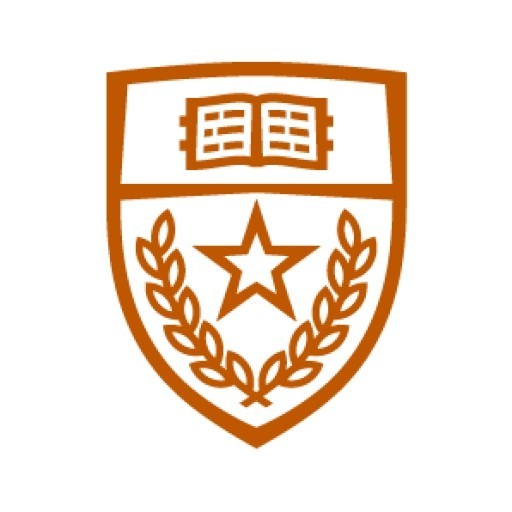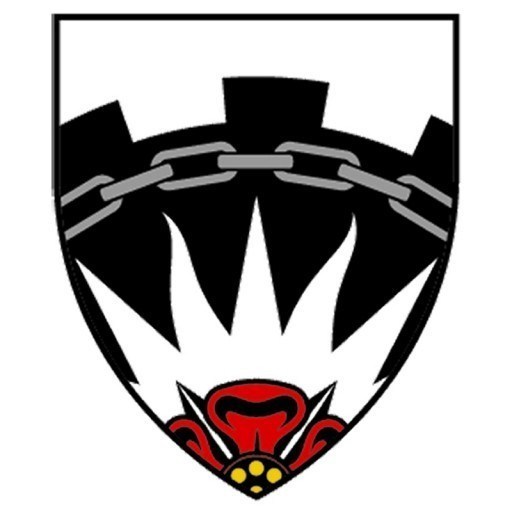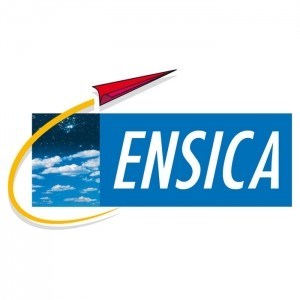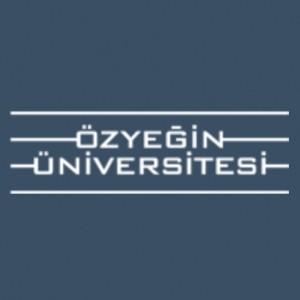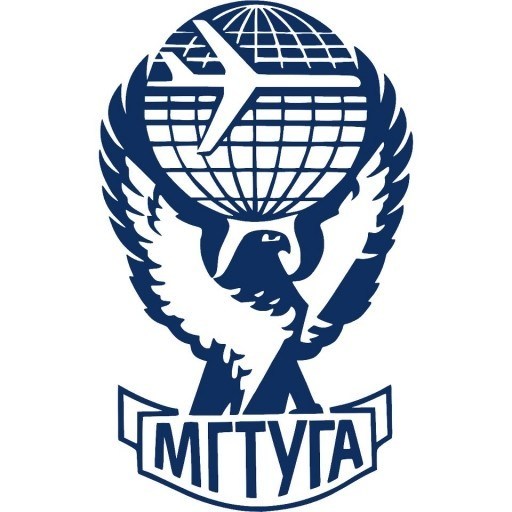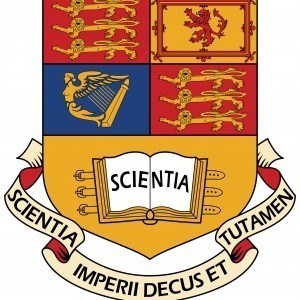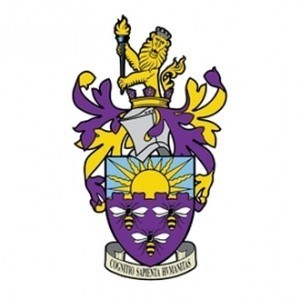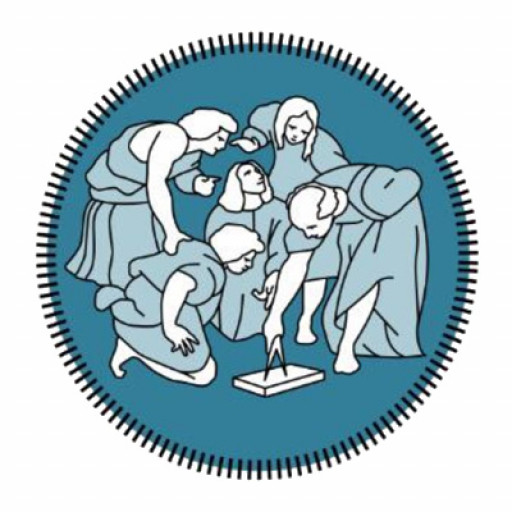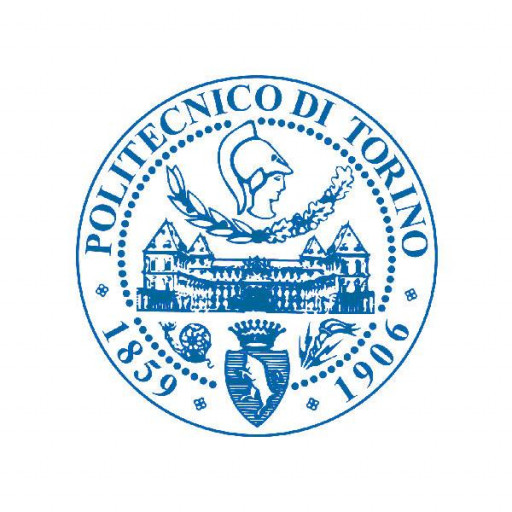Photos of university / #utaustintx
The University of Texas at Austin offers a comprehensive Aerospace Engineering Bachelor of Science degree that prepares students to excel in the dynamic and evolving field of aerospace technology. This program combines rigorous coursework, hands-on laboratory experience, and research opportunities to equip students with a strong foundation in aeronautics and astronautics. Students will explore fundamental topics such as fluid mechanics, structural analysis, propulsion systems, materials science, control systems, and aerospace design. The curriculum emphasizes the application of engineering principles to the development of aircraft and spacecraft, fostering innovation and problem-solving skills essential for the aerospace industry.
Throughout the program, students have access to state-of-the-art laboratories and facilities that facilitate practical learning and experimentation. They can participate in design projects, internships, and collaborative research initiatives with leading aerospace companies and research institutions. The program encourages interdisciplinary approaches, integrating computer-aided design, simulation, and analysis tools to enhance engineering solutions. Students are also encouraged to engage with faculty-led research in areas such as aerodynamics, space systems, and unmanned aerial vehicles, providing valuable experience in cutting-edge technologies.
The Aerospace Engineering program at UT Austin emphasizes preparing graduates for diverse career paths in industry, government, and academia. Career opportunities for graduates include design engineering, systems analysis, research and development, satellite technology, aircraft manufacturing, and space exploration. The program also supports students who wish to pursue advanced degrees in aerospace engineering or related fields. Dedicated faculty members, modern facilities, and a vibrant academic community ensure a supportive environment conducive to learning, innovation, and professional growth.
Graduates of this program leave prepared to contribute to advancements in aeronautical and astronautical engineering, addressing challenges related to transportation, national security, and space exploration. With a strong emphasis on technical expertise, leadership, and ethical responsibility, the Aerospace Engineering degree from UT Austin aims to develop well-rounded engineers capable of shaping the future of aerospace technology.
| Requirements | Hours | |
|---|---|---|
| Aerospace Engineering Courses | ||
| ASE 120K | Low-Speed Aerodynamics Laboratory | 1 |
| ASE 211K | Engineering Computation | 2 |
| ASE 301 | Introduction to Computer Programming | 3 |
| ASE 320 | Low-Speed Aerodynamics | 3 |
| ASE 324L | Aerospace Materials Laboratory | 3 |
| ASE 330M | Linear System Analysis | 3 |
| ASE 333T | Engineering Communication (writing flag and ethics and leadership flag) | 3 |
| ASE 362K | Compressible Flow | 3 |
| ASE 365 | Structural Dynamics | 3 |
| ASE 366K | Spacecraft Dynamics | 3 |
| ASE 367K | Flight Dynamics | 3 |
| ASE 370L | Flight Control Systems | 3 |
| ASE 375 | Electromechanical Systems | 3 |
| ASE 376K | Propulsion | 3 |
| Chemistry | ||
| CH 301 | Principles of Chemistry I (part II science and technology) | 3 |
| Engineering Mechanics | ||
| E M 306 | Statics | 3 |
| E M 311M | Dynamics | 3 |
| E M 319 | Mechanics of Solids | 3 |
| Mathematics | ||
| M 408C | Differential and Integral Calculus (mathematics; quantitative reasoning flag) | 4 |
| M 408D | Sequences, Series, and Multivariable Calculus | 4 |
| M 427J | Differential Equations with Linear Algebra (quantitative reasoning flag) | 4 |
| or M 427K | Advanced Calculus for Applications I | |
| M 427L | Advanced Calculus for Applications II | 4 |
| Physics | ||
| PHY 103M | Laboratory for Physics 303K | 1 |
| PHY 103N | Laboratory for Physics 303L | 1 |
| PHY 303K | Engineering Physics I (part I science and technology; quantitative reasoning flag) | 3 |
| PHY 303L | Engineering Physics II (part I science and technology; quantitative reasoning flag) | 3 |
| Rhetoric and Writing | ||
| RHE 306 | Rhetoric and Writing (English composition) | 3 |
| Other required courses | ||
| Technical area courses | 13 | |
| Approved technical electives | 6 | |
| M E 210 | Engineering Design Graphics | 2 |
| M E 320 | Applied Thermodynamics | 3 |
| Remaining Core Curriculum Courses | ||
| E 316L | British Literature (humanities; in E 316L, 316M, 316N, and 316P some sections carry a global cultures or cultural diversity flag) | 3 |
| or E 316M | American Literature | |
| or E 316N | World Literature | |
| or E 316P | Masterworks of Literature | |
| American and Texas government (some sections carry a cultural diversity flag) | 6 | |
| American history (some sections carry a cultural diversity flag) | 6 | |
| Social and behavioral sciences (some sections carry a cultural diversity flag) | 3 | |
| Visual and performing arts (some sections carry a cultural diversity flag) | 3 | |
| UGS 302 | First-Year Signature Course (in UGS 302 all sections carry writing flag; in UGS 303 some sections carry a writing flag) | 3 |
| or UGS 303 | First-Year Signature Course | |
| Total Hours | 126 | |
Technical Area Options
The technical area option allows the student to choose 13 semester hours of technical area courses in either atmospheric flight or space flight. Each student should choose a technical area by the end of the first semester of the junior year and plan an academic program to meet the area requirements in the next three semesters. Many students choose technical electives that will strengthen their backgrounds in one specialty area, but this is not required. It should be noted that a student may choose the technical area courses in the other technical area as technical electives.
Area 1, Atmospheric Flight
Also called aeronautics, this area provides the student with a well-rounded program of study emphasizing the major disciplines of aerodynamics, propulsion, structures, design, performance, and control of aircraft. These subjects are treated at a fundamental level that lays a foundation for work in a broad variety of specialties in the aircraft industry. This option is intended for the undergraduate student whose primary interest is aircraft.
Aerospace Engineering 321K, Computational Methods for Structural Analysis
Aerospace Engineering 361K, Aircraft Design I (carries an independent inquiry flag)
Aerospace Engineering 361L, Aircraft Design II (carries a writing flag)
Aerospace Engineering 162M, High-Speed Aerodynamics Laboratory
Aerospace Engineering 364, Applied Aerodynamics
Area 2, Space Flight
Also called astronautics, this area offers a well-rounded program of study that provides a background in the traditional areas of fluid mechanics, materials, structures, propulsion, controls, and flight mechanics, while also giving the student a chance to learn about the space environment, attitude determination and control, orbital mechanics, mission design, and spacecraft systems engineering. These subjects are treated at a fundamental level that lays a foundation for work in a broad variety of specialties in space-related industries. This option is intended for the undergraduate student whose primary interest is space and spacecraft.
Aerospace Engineering 366L, Applied Orbital Mechanics
Aerospace Engineering 166M, Spacecraft Systems Laboratory
Aerospace Engineering 372K, Attitude Dynamics
Aerospace Engineering 374K, Space Systems Engineering Design
Aerospace Engineering 374L, Spacecraft/Mission Design (carries an independent inquiry flag and a writing flag)
Special Projects Laboratories
The department offers students the opportunity to participate in special projects such as student-built radio-controlled aircraft competitions and student satellite-building projects. These time-intensive projects are open to all aerospace engineering students with at least 15 semester hours of University credit toward the degree and a grade point average of at least 2.50. Academic credit for participation in departmentally approved student projects is available on the pass/fail basis through the course Aerospace Engineering 128. Three such laboratory courses can be combined to count as one three-hour technical elective; one such laboratory course can be combined with a two-hour cooperative program to count as one three-hour technical elective.
Requirements
- If you are not a U.S. citizen or permanent resident and will not graduate from a Texas high school, select the ApplyTexas option to apply for freshman admission as an international applicant.
- Pay the $75 application fee—$90 for international applicants—when you submit your ApplyTexas application.
- Along with your ApplyTexas application, submit at least two essays.
- If you are an international applicant, you must submit documentation showing that you have completed an accredited secondary school series equivalent to that of a U.S. high school.
- Submit an official record or transcript (mark sheet) that shows all your secondary school work and grades (or marks) starting with ninth grade and continuing through at least the end of 11th grade. You should also include copies of your official final examinations taken at the end of the secondary school program, including external exams such as the General Certificate of Education (GCE) “O” and “A” level examinations, school leaving certificates and matriculation exams.
- If the documents you are submitting are written in a language other than English, you must also submit complete and official English translations together with the original-language records.
- Send us official transcript(s) documenting any college credit earned while in high school (dual credit counts!).
- TOEFL: 550 (paper test), 213 (computer-based test) or 79 (internet-based test)
- IELTS: An overall band of 6.5 on the Academic Examination
- Résumé
- Ask someone who knows you well to write a letter about your character and accomplishments. Letters of recommendation are appreciated but not required.
Scholarships
- Endowed Scholarships
- Presidential Scholars Program
- Texas Exes Scholarships
The Aerospace Engineering program at the University of Texas at Austin is designed to provide students with a comprehensive education in the principles and applications of aeronautics and astronautics. This program offers a rigorous curriculum that combines theoretical foundations with practical skills, preparing graduates for careers in the aerospace industry, research, and academia. Students have the opportunity to explore various specialized fields such as aircraft design, spacecraft systems, aerodynamics, propulsion, control systems, materials science, and avionics. The program emphasizes hands-on learning through laboratory work, projects, and internships, enabling students to apply their knowledge in real-world scenarios. The University of Texas at Austin boasts state-of-the-art facilities, including wind tunnels, simulation laboratories, and design studios, which support an immersive educational experience. Collaboration with industry partners and research centers enhances the program’s relevance and keeps students at the forefront of technological advancements. The degree program typically spans four years for undergraduate studies, with options for joint or minor specializations in related fields. Graduate options include Master’s and Ph.D. degrees, focusing on advanced research topics such as aerospace materials, autonomous systems, or space exploration technologies. Graduates of this program are well-equipped to pursue careers in aerospace manufacturing, defense, space agencies, or academia. Many alumni hold prominent positions in NASA, Boeing, Lockheed Martin, and other leading aerospace organizations. The program also encourages interdisciplinary learning, innovation, and leadership development to foster versatile professionals capable of addressing complex engineering challenges. The University of Texas at Austin’s aerospace engineering program is accredited by the Accreditation Board for Engineering and Technology (ABET), ensuring that it meets high standards of quality and relevance. Overall, this program aims to develop critical thinkers and problem-solvers who contribute to the advancement of aerospace technology and exploration.
